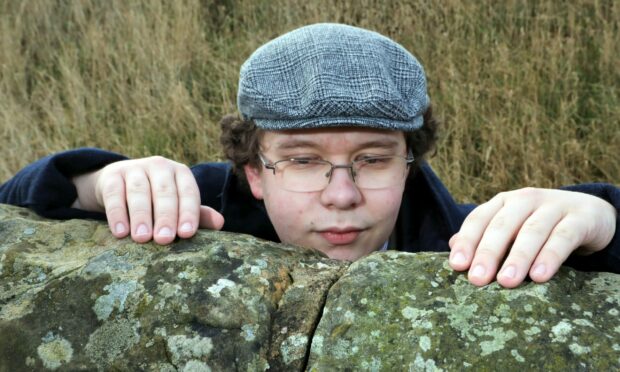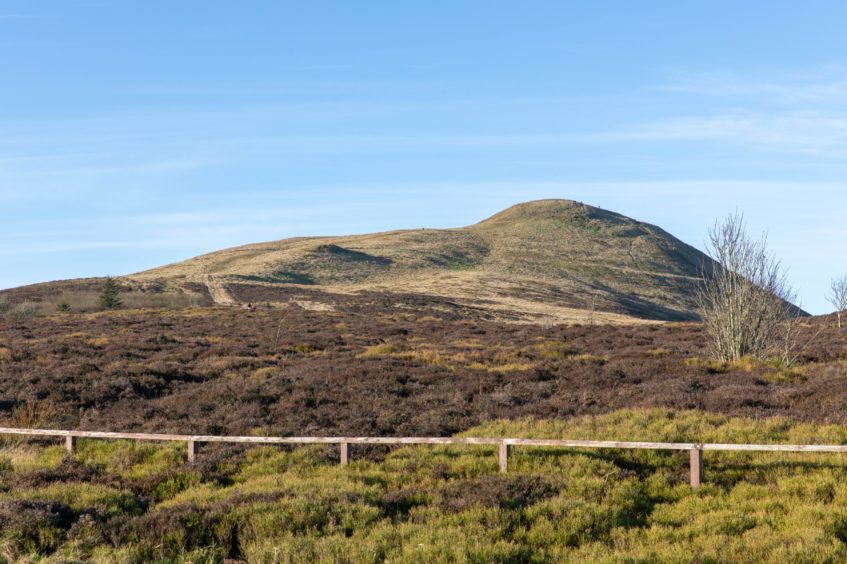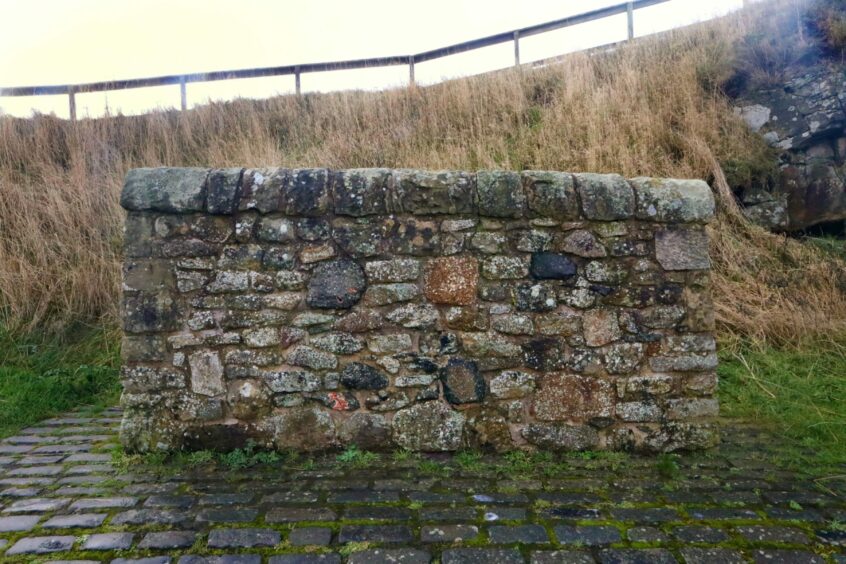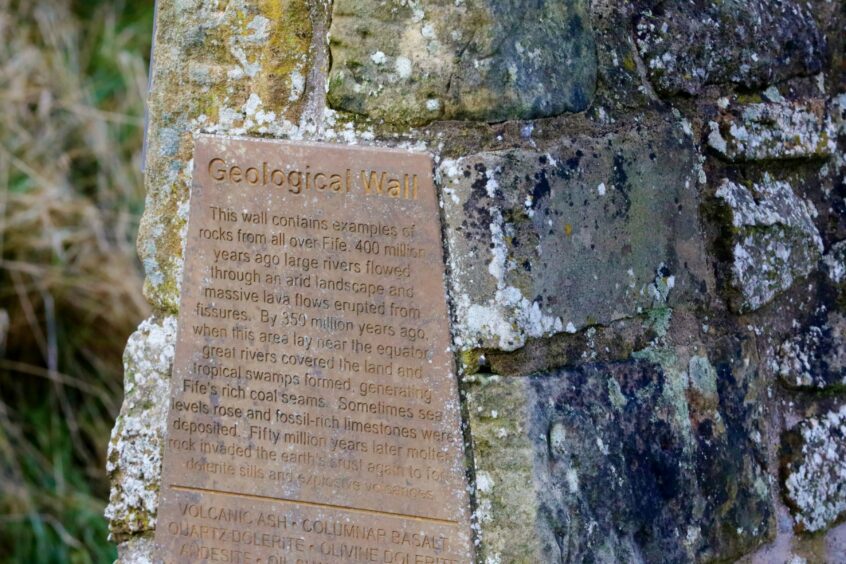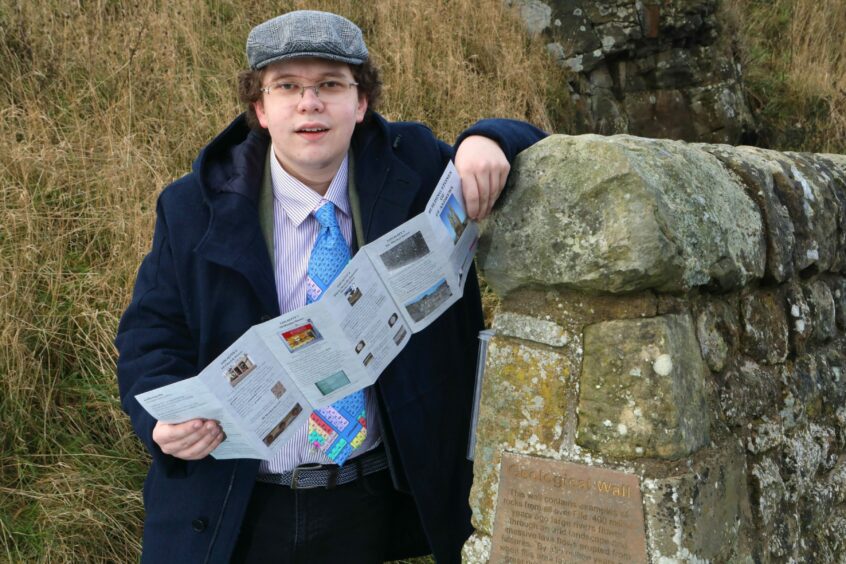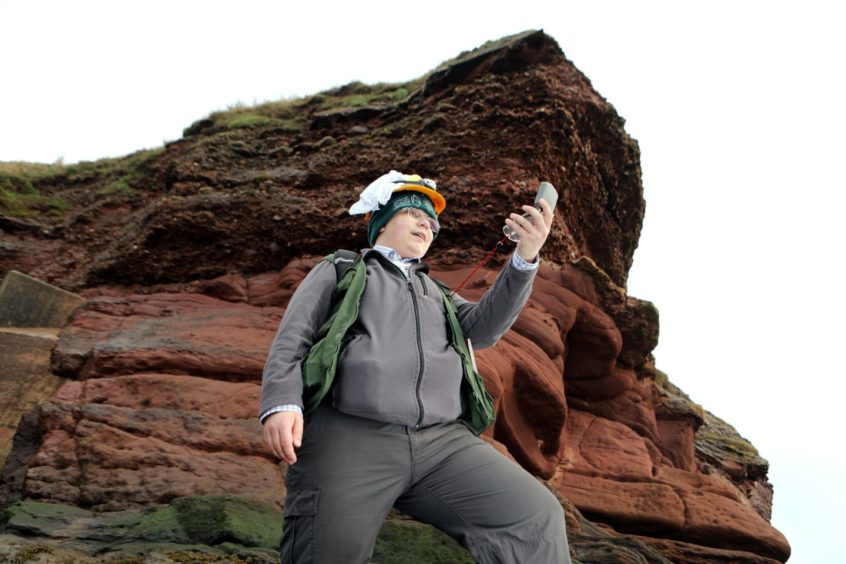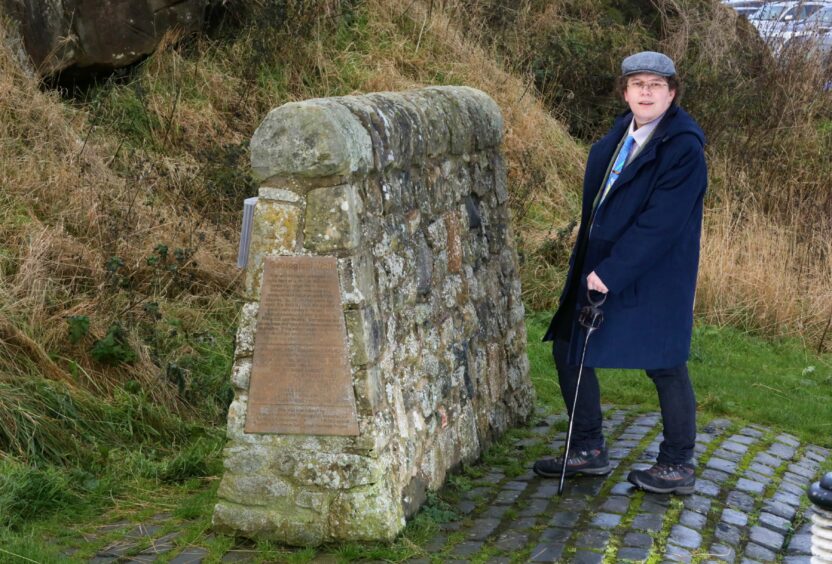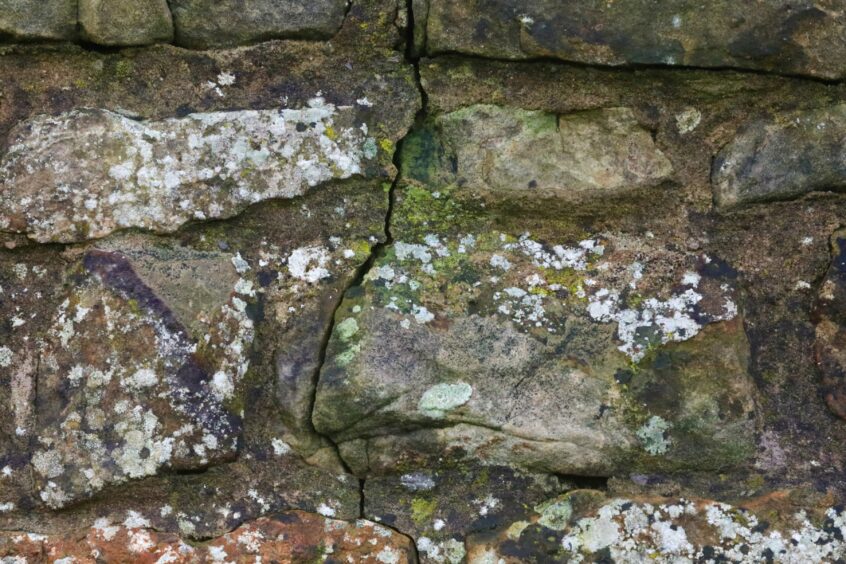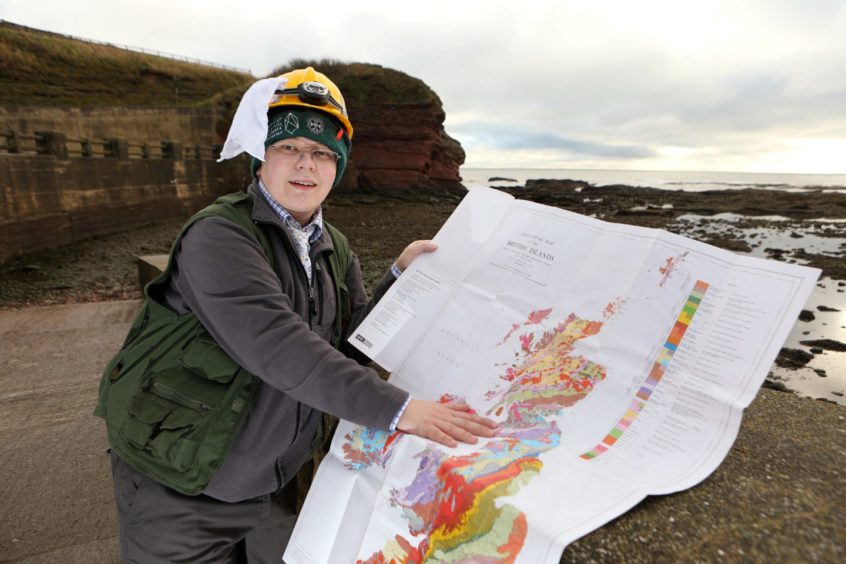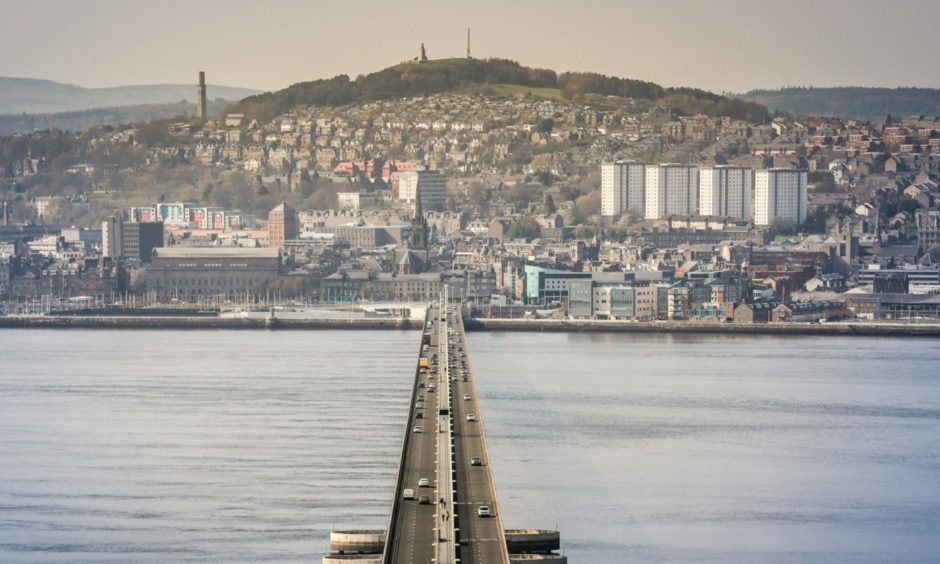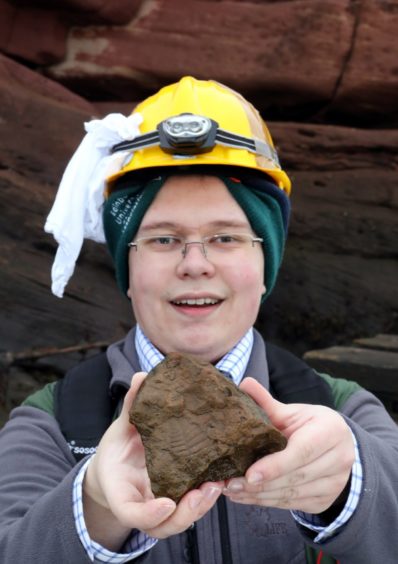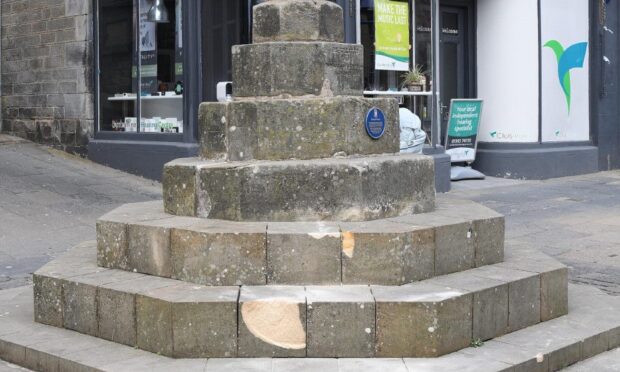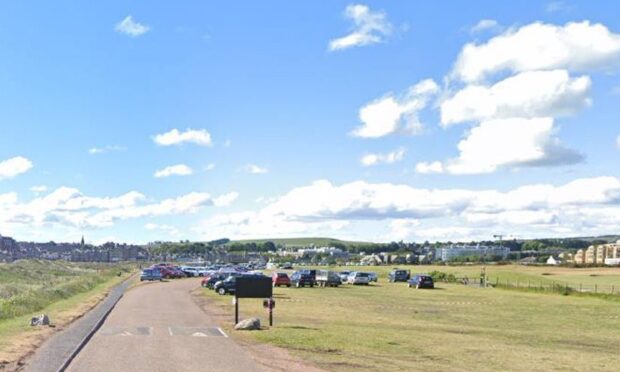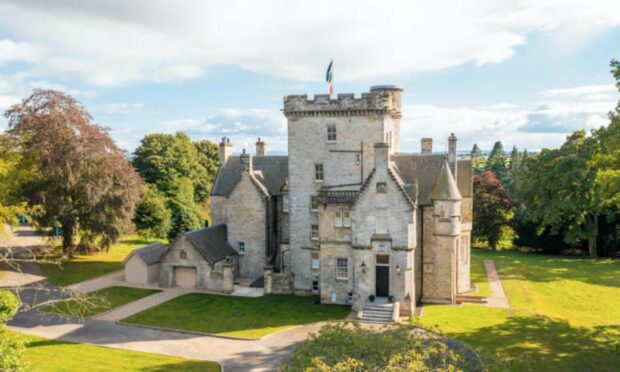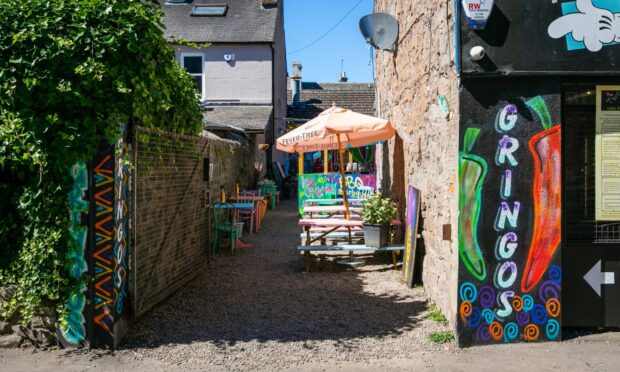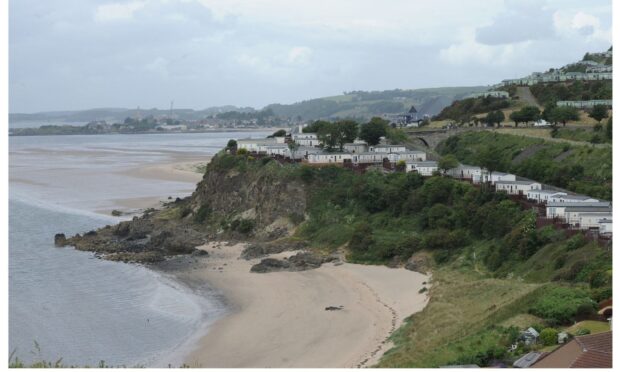Michael Alexander speaks to a young St Andrews-based geologist who is campaigning to have a wall refurbished which represents 400 million years of Fife’s geological history.
View a map of the world, and for most of us, it’s an iconic image we’ve all been familiar with since first opening an atlas as a child.
Close your eyes even, and you could probably draw a relatively accurate, and recognisable, outline of the continents.
For geologists, however, that’s not necessarily how they view the world because today’s positions of the land masses are nothing more than a snapshot in time that’s been 4.5 billion years in the making.
If an alien spacecraft had looked down on Earth 200 million years ago, for example, they’d have seen one giant landmass with what is now the UK in the middle, juxtaposed beside Greenland and Norway, with no Atlantic, and no Iceland.
It would be evident how perfectly today’s South America and Africa fitted into each other.
Turbulent past
Hard as it is to imagine the enormous timescales over which these geological processes have taken place, and will continue taking place, the clues to this turbulent geological past can be found all around us amid the gently undulating landscapes of Fife and Tayside.
Rocks, fossils and landforms tell a story of baking deserts, tropical rainforests and erupting volcanoes.
More recently, around 10,000 years ago, the area was covered by vast ice sheets.
Change and renewal continues to this day.
Along the coast, relentless waves mould the coastline into rocky headlands and sandy beaches.
On land, humans have modified the landscape by draining wetlands and creating opencast mines.
Geological Wall
It’s more than 20 years since a wall representing 400 million years of Fife’s geological history was officially unveiled on the seafront at St Andrews.
Behind the geological record in stone was the St Andrews Geological Heritage Project, a group under the chairmanship of Richard Batchelor.
Located by the Bow Butts on The Scores, between the St Andrews Aquarium visitor attraction and the British Golf Museum, the wall shows the diversity of rock types in Fife.
It contains 22 rock types from all over the region, while a plaque describes the area’s geological history and lists the names of the rocks.
The wall was unveiled in October 2001 ahead of the centenary in 2003 of the formation of the department of geology at St Andrews University and the appointment of its first lecturer, Thomas Jehu, who went on to become Regius Professor at Edinburgh.
The unveiling of the wall in recognition of the anniversary was carried out by Dr Roy MacGregor, author of the field guide, Fife and Angus Geology.
He was joined by representatives of the project, Fife Council, the then Lord Lieutenant of Fife Mrs Margaret Dean, then north-east Fife MSP Iain Smith and Councillor Jane Ann Liston.
The wall, built by stonemason George Sweeney, comprised mostly local sandstone incorporating 22 rocks including sandstones showing structures and fossils, Devonian red sandstone, coal, oil shale, fossiliferous limestones, a glacial erratic, andesites with agates, volcanic ash, basalts, felsite and dolerites.
Funding came from the Geologists’ Association, Fife Council and Scottish Enterprise Fife.
Fundraising campaign
Two decades on, however, a young geology graduate has launched a fundraising campaign to have this Geological Wall refurbished.
Hunor Deak, 24, who was born in Transylvania, Romania, has launched a new independent initiative to help raise funds and get the site restored, along with a new phone app.
Having emigrated to Scotland as a child, Hunor was inspired by geology teacher Paul Ewing while a pupil at Arbroath High School.
With his own collection of rocks and minerals, and inspired by visits to places like the Arbroath cliffs, Hunor studied geology at Edinburgh University from 2016-2020, graduating with a BSc geology degree.
He’s since set up his own geology society – the Angus and Dundee GeoSciences Society – which covers the city of Dundee and the county of Angus.
The society is dedicated to honouring the lifetime work and achievements of Mr Ewing, who inspired 100s of students into the scientific field of geology and the wider geosciences. This society aims to inspire 100s more.
Hunor started a project with Hospitalfield House in Arbroath, relating to the Arbroath cliffs, and, since September, has started working with St Andrews Geobus to set up an educational app for Lunan Bay.
It was after moving to St Andrews, however, that he went for a walk to explore and came across the Geological Wall, below the Bow Butts.
Varied geology of Fife
“I noticed that the sandstones at the very top have started decaying so those are at the risk of falling off,” he says.
“Then, one of the main attractive things about the geology wall is that the rocks have been specifically selected to be the best examples and I see from past photos there’s no lichen, no oxidation, and you can even see little fossils. A lot of it has now been covered with lichen and dirt, so it takes away the effect.
“The other thing I’ve noticed is that even when it gets fully restored, some lay members of the public would like to have interactivity with it.
“A geologist like me can point at the rocks and explain them.
“But it would definitely be good to install a QR code plaque – you can scan the phone, a website pops up, you can tap on the specific rocks and perhaps a graphic illustration comes up that explains it better.
“Or, since I’m working with Geobus, little video clips can be recorded where a person in a lab explains each rock. This would give a little bit of life to them.”
Multi-disciplinary
What Hunor enjoyed about his geology degree was that it’s a multi-disciplinary science in its own right.
He studied everything from computer programming to simulation to doing public outreach and how geology can be applied to explain how the landscape formed in the past, how it is being shaped in the present, and how climate change will change it in the future.
In short geology enables us to have an understanding of the past and have the knowledge to exploit natural resources.
Geology can be handy to get a complete picture of the formation of the planet and how things have changed in the past and can change in the future.
It can cover everything from sociology – for example advising communities living next to volcanoes what escape routes to set up – to resource exploitation like mining for metals in places like Gambia.
Today’s warnings about climate change of course involve the artificial production of CO2 by human activity.
However, there’s also the big picture understanding of how the past Earth had much higher rates of volcanism, which resulted in a much higher rate of CO2 output, global warming, higher sea levels and 90% mass extinctions.
Where to start?
“When you look at the geology of the Fife area, the problem is where to start!” says Hunor.
“Most of the basement rocks are Precambrian metamorphic (4.6 billion years ago). They are mostly exposed in the Highlands but buried under the sedimentary rocks in Fife, you can find them.
“The sedimentary rocks start from especially close to the Lothians, start from the Cambrian period (541 – 485 million years ago) when life emerged. They move us into the Carboniferous period (358 – 298 million years ago) when you had the massive swamps deposited on the ground forming the coal seams that were mined in the 19th century.
“The area that I have specialised in is the Angus sedimentary rocks which are mostly Devonian (419 – 358 million years ago), when Scotland was at the Equator and essentially covered as part of another continent, covered with lots of deserts.
“As the continent including Scotland moved more northwards, the continent containing England collided into it, and this collision can be noticed with folding, mostly visible in the Highlands.
“The Devonian and Carboniferous sedimentary rocks that are around St Andrews are all heavily folded. That folding records that collision event.
Dundee Law – ancient volcano
“Another good example from that time is Dundee Law. Dundee Law is an old volcanic centre. When you have two continents colliding, you have subduction which generates a lot of magma and generates a lot of volcanism.
“So around the Lothians you can see those little cones. They are old volcanoes. There are also intruded igneous rocks on the ground – lava all across Fife.
“Quite a nice example is at Ruby Bay if you go down the coast. You can find volcanic bombs there.
“We see the current volcanic eruptions on the Spanish islands – it gets covered in spewed out rocks and ash. Now that is recorded in the geology of Fife as you go along the coast.
“We also see evidence of another event when there was a single continent shared between Europe and North America. That split open forming the current Atlantic Ocean.
“A good example of that is if you go to Nova Scotia, the geology and the geological landscape on the top is exactly the same as in west Scotland.
“The dinosaur fossils that are found on the Isle of Skye are very similar to the fossils in Canada. That’s a good example of proving continental drift.”
‘Right man’ for the job
Hunor, who is trying to raise awareness about the state of the Geological Wall, independently of geoHeritage Fife, has been invited to make a presentation at St Andrews Community Council.
It has been suggested to him the cost of repair could be between £2,000 and £5,000, which he says he would present to geoHeritage Fife – an organisation that aims to publicise Fife’s geological heritage, provide educational resources in geology and to promote geotourism in Fife.
The Courier understands that the chairman of geoHeritage Fife, Richard Batchelor, wants “nothing to do with” Hunor Deak.
If the restoration and fundraising succeeds, however, Hunor is considering fundraising for Geological Walls in Angus.
Former North East Fife District councillor Dr Clive Sneddon said: “After 20 years exposure to the St Andrews weather, the wall could do with refurbishment.
“It is usually harder to get funding for refurbishment than for a new project, so someone with Hunor’s enthusiasm is the right person to take his campaign further.”
Fife councillor Jane Ann Liston was at the unveiling 20 years ago in her capacity as treasurer of what was then St Andrews Geological Heritage Project, which has since metamorphosed into geoHeritage Fife.
Other projects have included the Jurassic Garden in Kinburn Park, erecting plaques for notable geologists in St Andrews, making a cast of the giant water scorpion (Hibbertopterus) track near Boarhills and producing a series of leaflets, both of geological trails (such as Dura Den, St Monans and Elie) and building stones (including Crail and St Andrews).
Fundraiser details
Details about Hunor Deak’s fundraiser can be found here https://www.gofundme.com/f/help-us-to-restore-the-st-andrews-geology-wall
